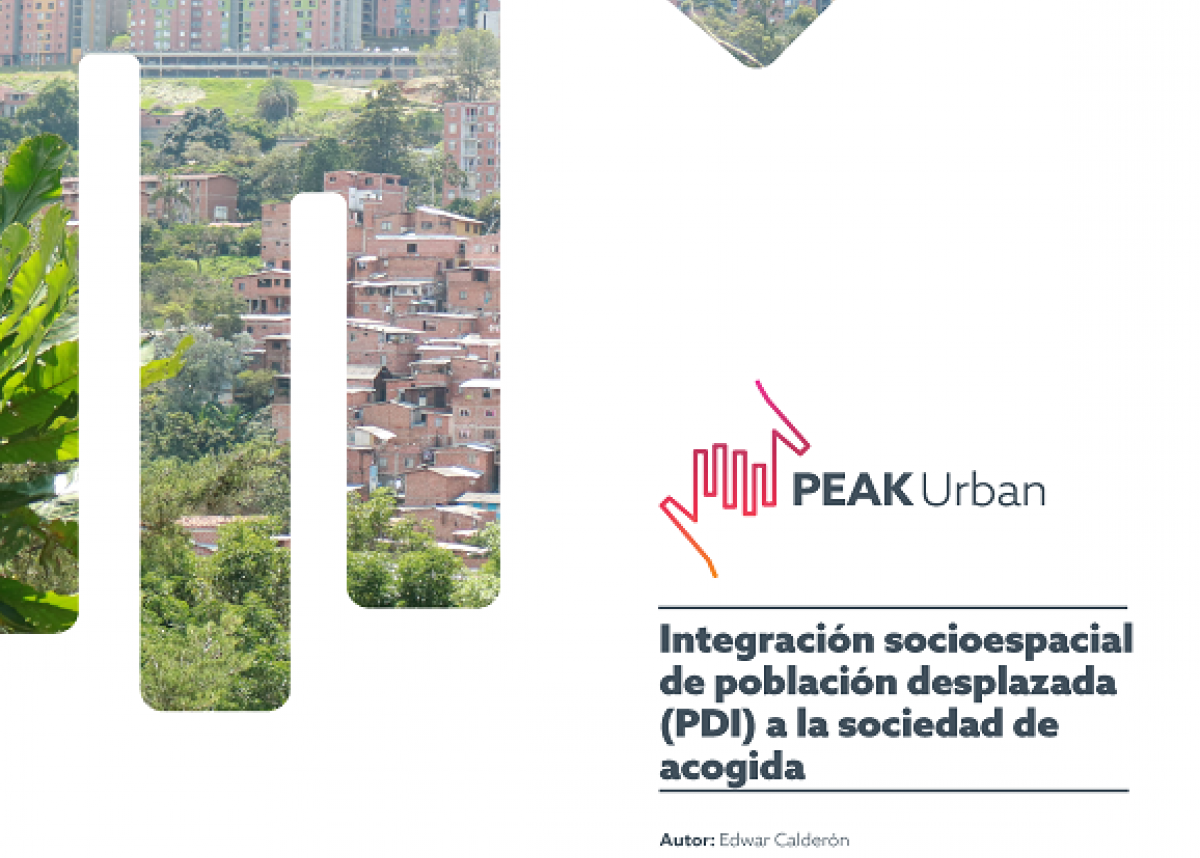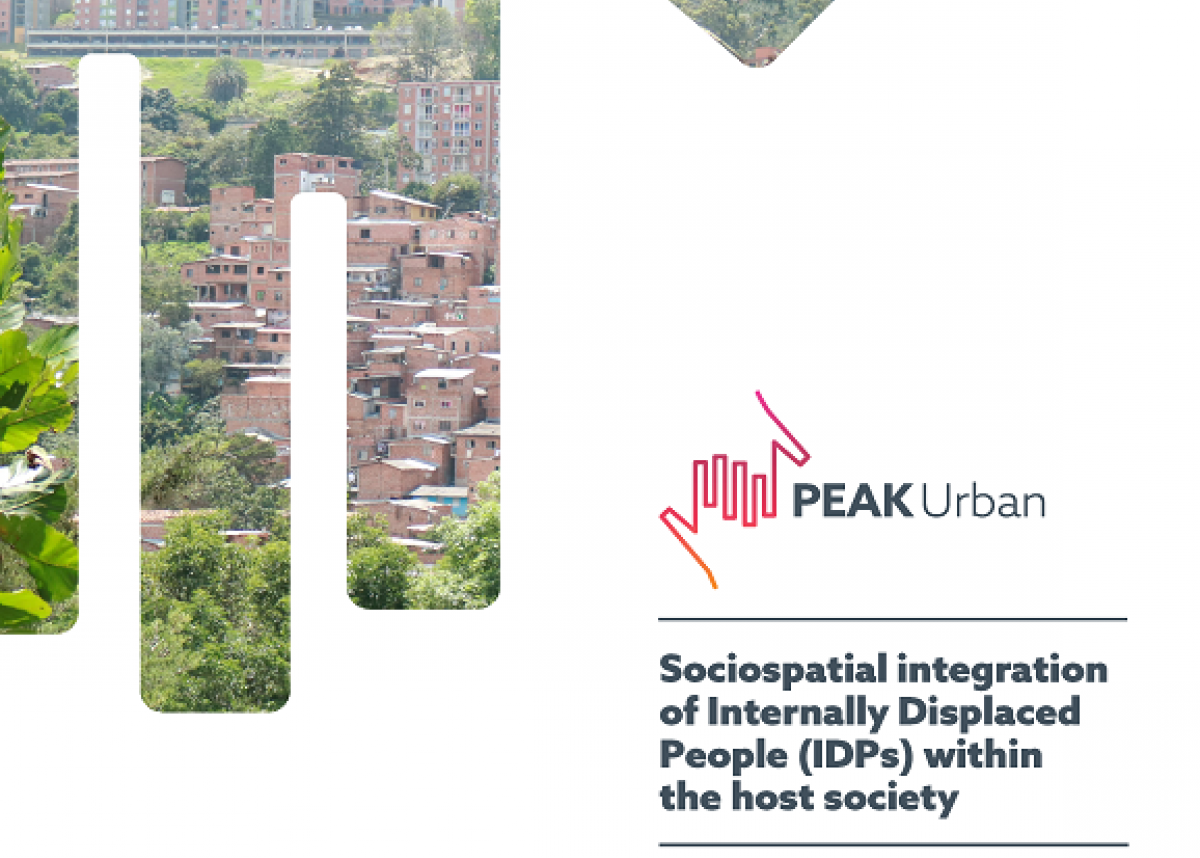
Mobility between Colombian cities is predominantly repeat and return migration
Internal migration is one of the main driving forces of a country's demography.
Yet, migration is path-dependent, and critical characteristics of internal migration, including the propensity to keep moving and return to previous locations, are frequently ignored. Here, a model of city-to-city migration is constructed, where the movement of individuals is modelled using the frequency of distinct sequences or signatures.
A key novel feature of the model is its ability to account for partial information on an individuals’ lifetime migrations. We fit this model to longitudinal data on 3.3 million workers in Colombia, including 1.4 million migrations, and compare signature frequency based on migration and return rates between men and women and between distinct age and income groups.
Results show that the majority of people do not move in general, and nearly three out of four times that a person moves at least twice, they return to a previous city. A small group exhibits frequent migration, particularly the young and male. In contrast, women and mature people are less likely to move and more likely to return if they move. At a city level, people from small secondary towns are more likely to leave and not return than people from large metropolitan areas like Bogotá or Medellín.
Rafael Prieto Curiel, Mauricio Quiñones Domínguez, Eduardo Lora, Neave O'Clery,
Mobility between Colombian cities is predominantly repeat and return migration,
Computers, Environment and Urban Systems, Volume 94, June 2022
